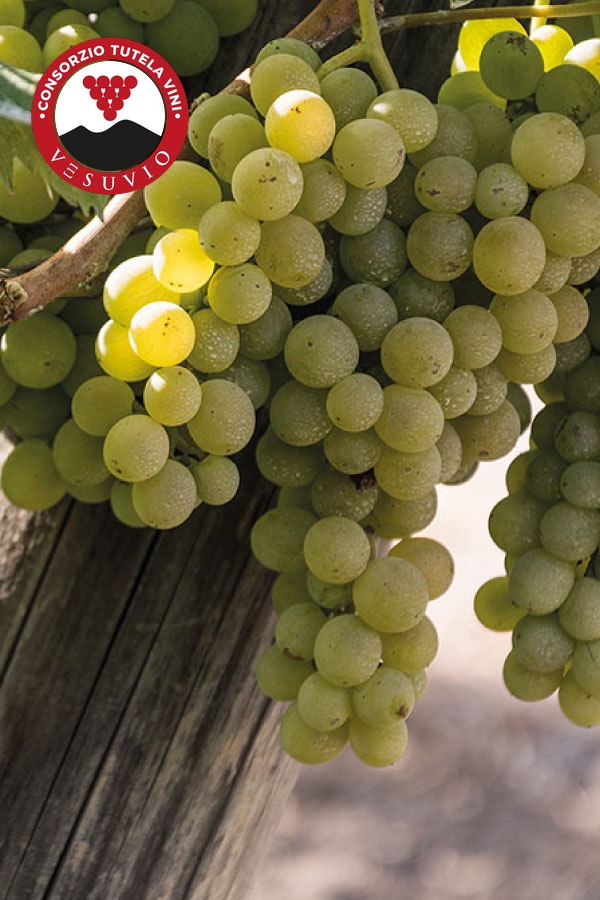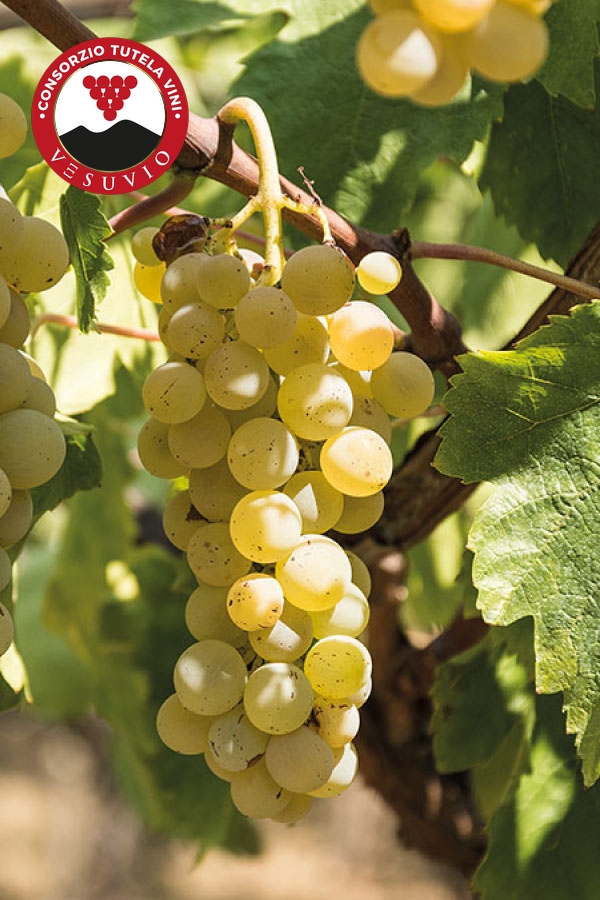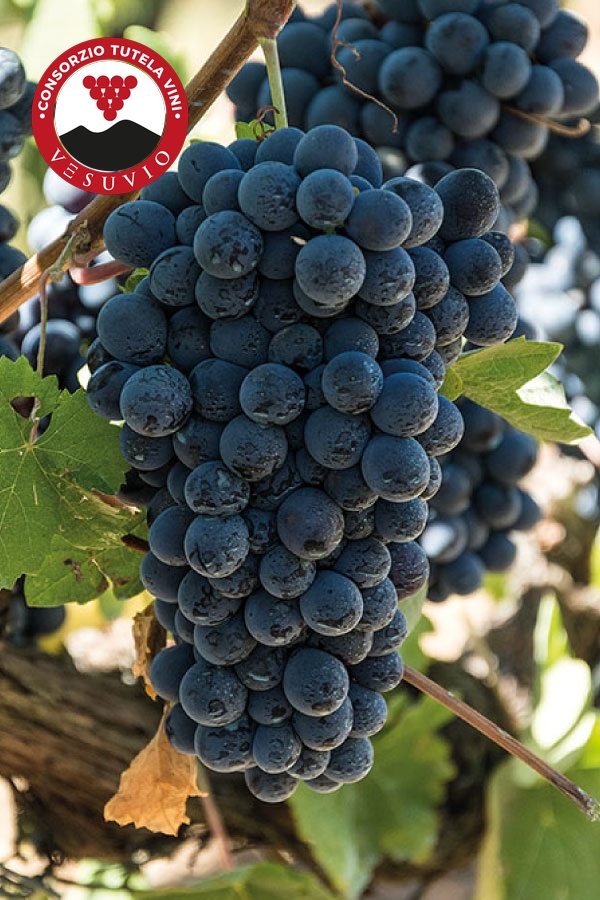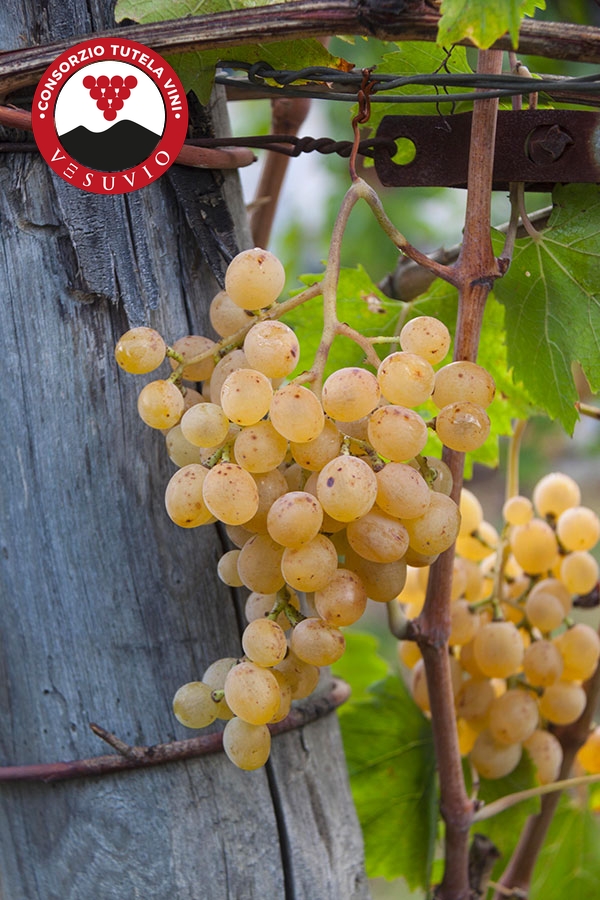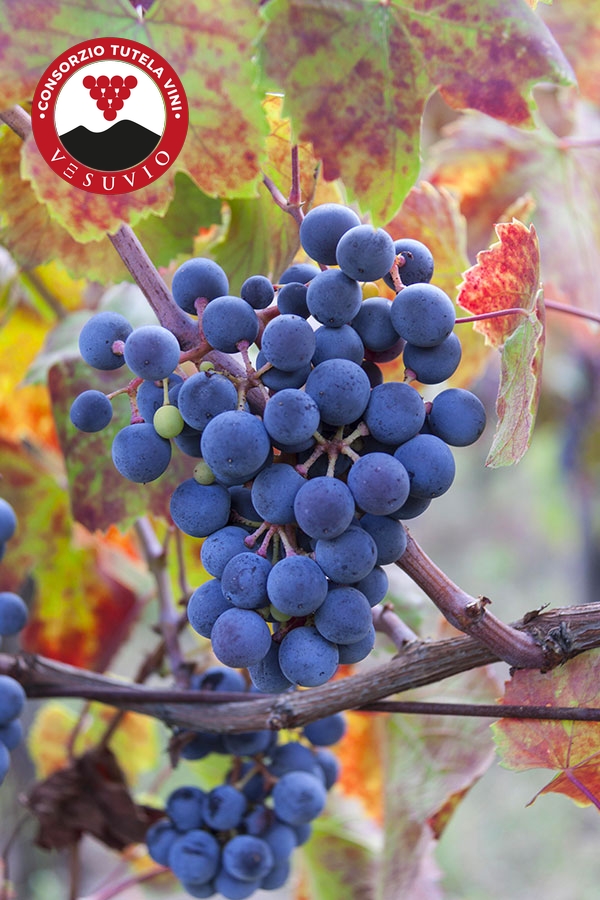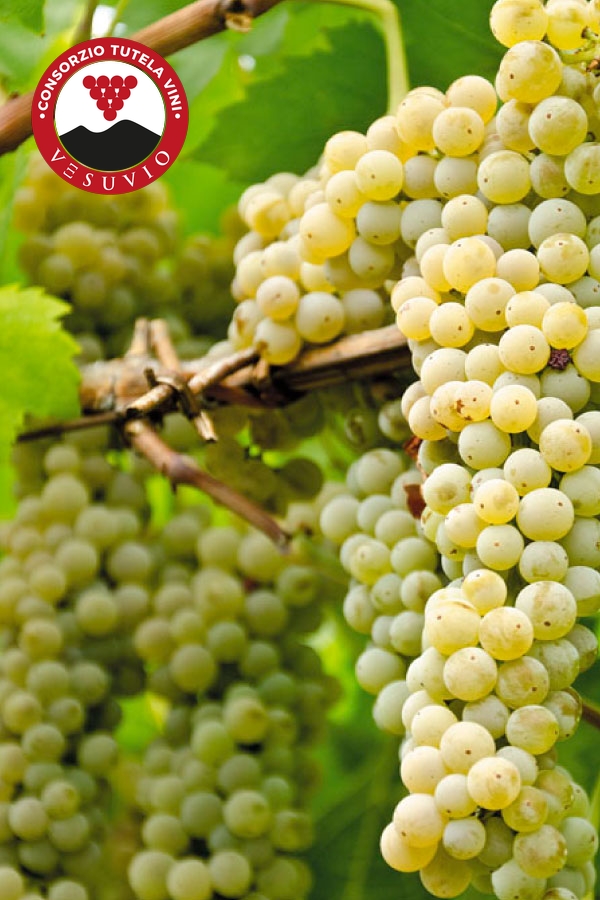History
The first testimonies of the oenological traditions of Vesuvius can be found in Aristotle, who tells that the Thessalians have planted vines in the Vesuvian area since the 5th century BC.
In the myth, Poseidon and Hephaestus baptized the first berries, Neptune and Vulcan saw the ancient nectar flow from the slopes of the Vesuvius to the sea.
The Greek and Roman gods of sea and fire protected the vines that sank their roots in the heart of a boiling land by stretching their shoots along the Tyrrhenian coast.
Two volcanic geological hubs are the natural humus of the origin, evolution and peculiarities of Campania’s viticulture: the volcanic complex of Monte Somma – Vesuvius and the Campi Flegrei, which are still an ideal environment, rich in a variety of vineyards and cultural traditions.
The vineyard area extends from the first slopes to an altitude of about 700 metres above sea level of the Monte Somma – Vesuvius volcanic area.
The land enjoys a different position and can be divided into 2 sub-areas: the Alto Colle Vesuviano (over 200 metres above sea level) with more or less sloping land, and the South-Eastern side, whose land faces the sea.
Landscape
The Volcanic Soil, the strength of our wines.
Mount Vesuvius is located between the Gulf of Naples, the impetuous chains of the Lattari Mountains and the Irpino Apennine. The territory benefits from the winds coming from the sea which, combined with the winds from the mountains, guarantee the ideal microclimate for the vine to grow and produce grapes of extraordinary quality.
The soil, which is of volcanic nature and is rich in potassium, is formed in part by fall or flow deposits and in part by volcaniclastic deposits resettled locally by surface waters.
The production area can be divided into two macro areas:
- The Vesuvius: this is the volcanic area that was created with the eruption of 79 AD with exposure on the SOUTH side, the icon and symbol of the City of Naples and Campania Region. Its landscape represents the terrible facies of the Volcano, with an irregular morphology and still without an established hydrographic network. The proximity to the sea and the presence of a milder microclimate characterise the wines produced on this side.
- Mount Somma: this is the original volcanic area from which the Vesuvius was born, the oldest and most primordial wine-growing area, with exposure on the NORTH side. Its landscape represents the quiet, green, lush facies of the Volcano, with its broad-leaved woodland and chestnut trees, the heroic terracing that clambers up the slopes until the woods end, with the apricot trees and the lush and disordered tree gardens that simulate an ancestral woodland garden. The strong temperature excursions and a cool and humid microclimate characterise the wines produced on this side.
The whole territory falls within the area of the Vesuvius National Park, a heritage of biodiversity.
Vines
The viticulture of the Vesuvius has preserved its particular characteristics and its distinctive features of ancient origins.
Caprettone and Piedirosso, which have been considered as the expression of the wine production of the territory for several years, are cultivated on the volcanic slopes and are ungrafted to give the typicality of the vine and the volcanic imprint of the land to each bunch.
The vines have their roots in the volcanic sand whose composition prevents Phylloxera, a harmful parasite, from reaching the root system of the plant.
The exposure of the vineyards, located in areas that are particularly suited to the cultivation of vines, the land with many natural slopes, the influence of the sea breeze that constantly crosses the vineyards, the warm exposure and good lighting are all factors that contribute to a pedoclimate that is particularly favorable to the vegetative-productive functions of the plant.
It is not difficult to find centenary vineyards and those that are now unproductive are replanted with the ancient method of offshoot, burying a branch of a productive vine so that a new plant can grow.
The elderly winemakers have handed down their knowledge and tradition to the new generations in order to preserve the biodiversity and ampelographic richness of the vines in the area.
The most common local varieties are:
Minor vines are:


